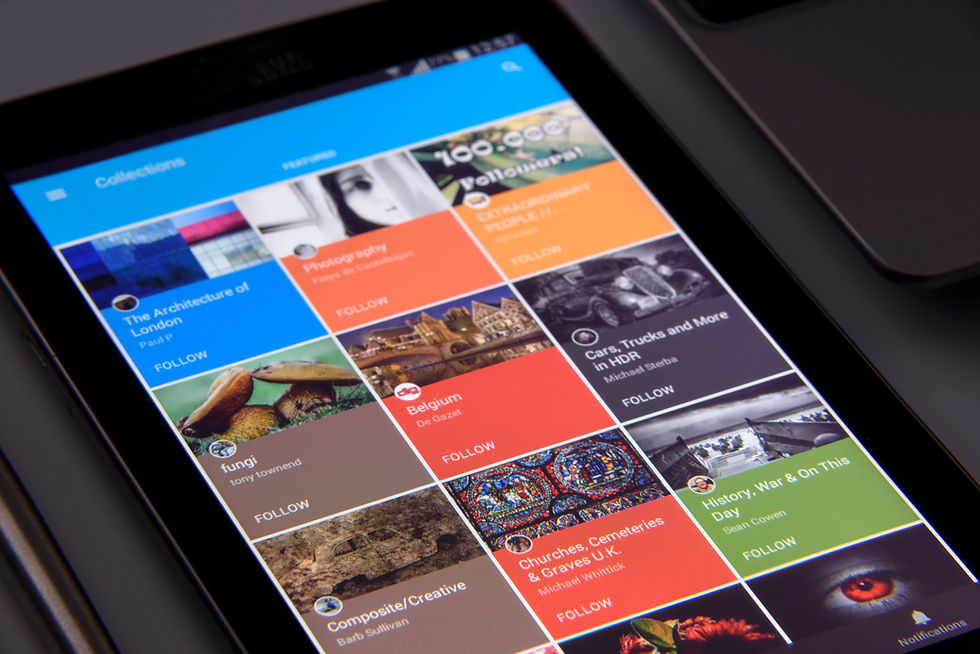3 Tips for Creating a Retail Design That Enhances the Customer Experience
- Jun 21, 2018
- 2 min read
When you are dealing with retail spaces, you need to keep the customer experience in mind. It is so common for retailers to focus on superficial things about their spaces, such as budget, location, schedule, and so on. These may be important factors to consider, but they aren’t necessarily going to influence the experience that a customer has in the store. It might seem strange to have to plan your interior design so that it creates a good experience for your customer. But this is an essential thing to do in the modern-age because customer experience is everything for the success of any business.
How do you define a design that creates a positive customer experience? First, you need to develop a strategy for the interior design experience. You can begin this process by creating sketches of the experiences that you want your customers to have. These can be segmented style sketches of anything, such as certain moments that you want them to experience or much bigger and more impactful experiences. The choice is yours.
Strategy for the Interior Design Experience
A good design strategy will have several touch points that are brought together physically and digitally with your brand. The easier it is for customers to engage with your brand and its products, the more revenue you will likely earn from it. If you develop vignettes to illustrate the customer experience that you want to create, then all stakeholders of your company will understand how your customers will interact with the brand and the experience they will have in doing so. These stakeholders include the designer and their client. Using these vignettes, they will be able to predict the opportunities for creating a good customer experience early on in the design process.
Below are 3 tips for creating a retail design that enhances the customer experience.
1) Find out how customers are researching your brand before they even visit your physical location. Which technological devices are they using? Are they interested in product trends or special discounts on products? Once you understand how customers are interacting with your brand at this early stage, you can figure out a way to integrate technology into your interior design. Always be consistent with your brand’s colors and logos throughout all marketing platforms, whether it is on your website or the interior design of your store.
2) When a customer first arrives at the outside of your store, what do they engage with first? Do your customers first engage with the colors and patterns on the exterior walls or do they engage with some type of upbeat music playing in the background? You will typically decide the experience that you want to create for your customers when they first approach your storefront. Figure out which design elements are effective and which ones are not.
3) Plan out what you want your customer to experience once they enter your store. Do you want a sales staff member to greet them or would you rather have interactive displays for your customers to look at? Are you going to have a standard checkout area with tables and cashiers? Perhaps you might think about incorporating self-checkout technology into your storefront instead. A lot of customers prefer that experience because it means they can avoid long lines.





Comments